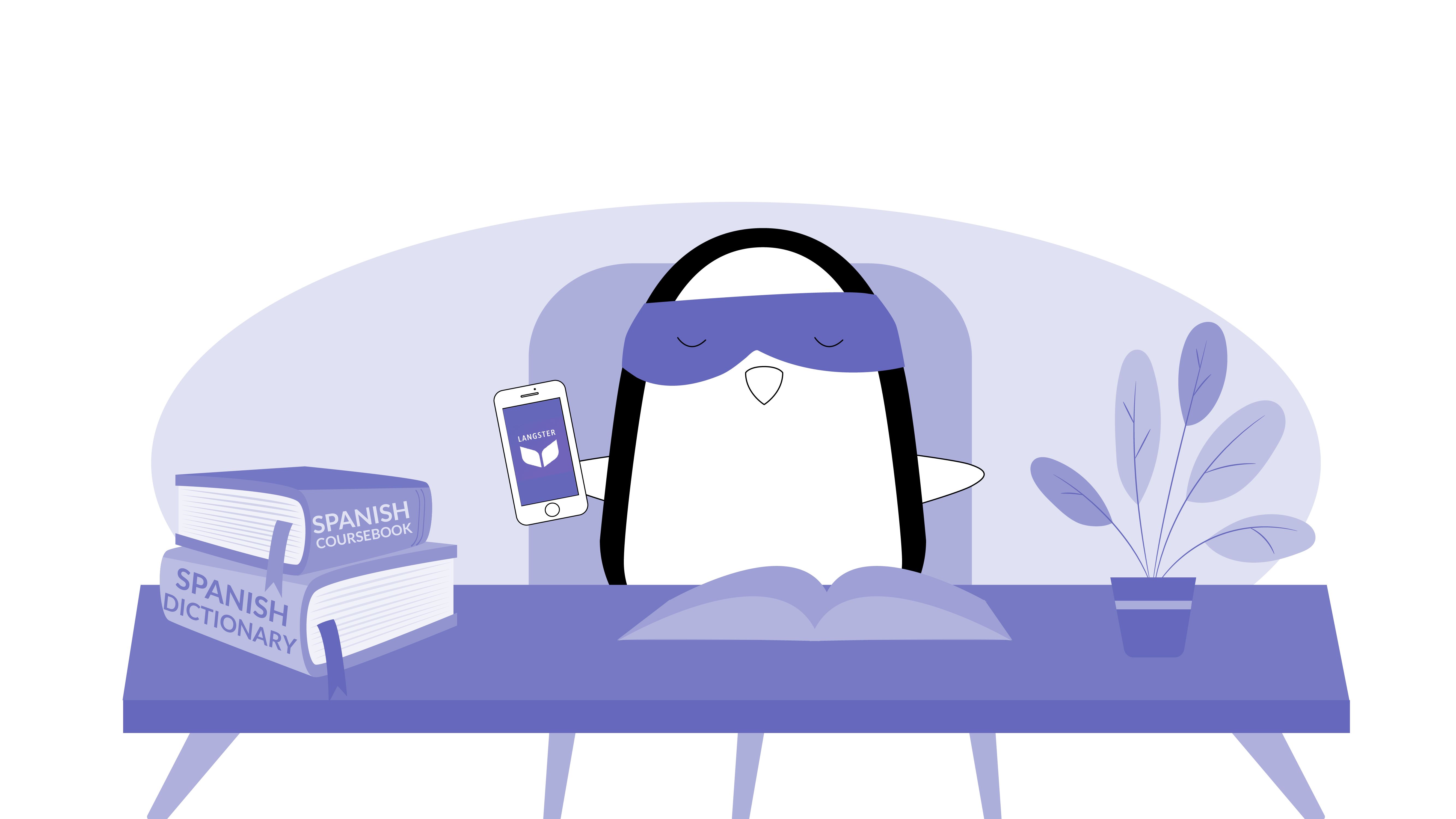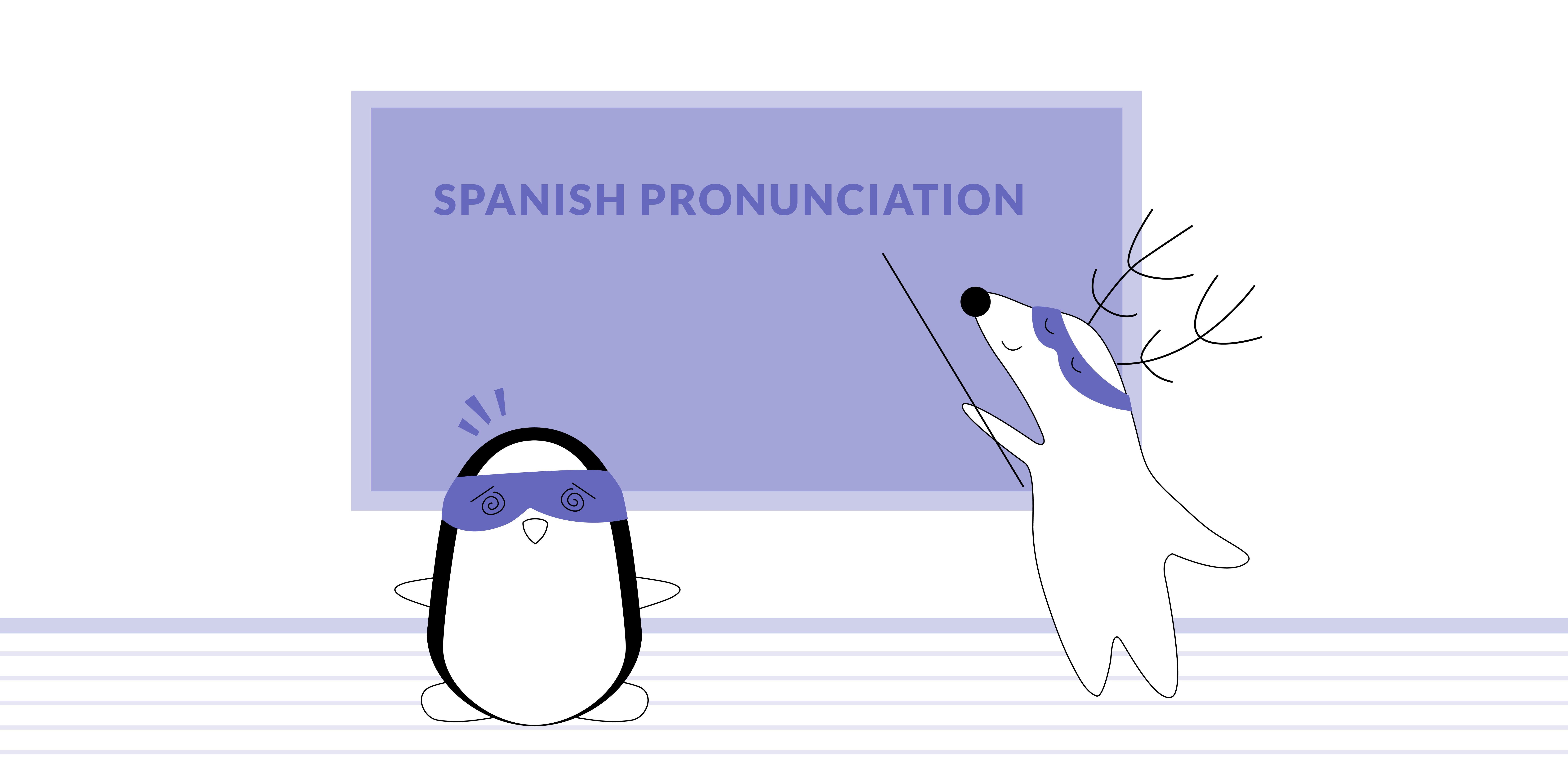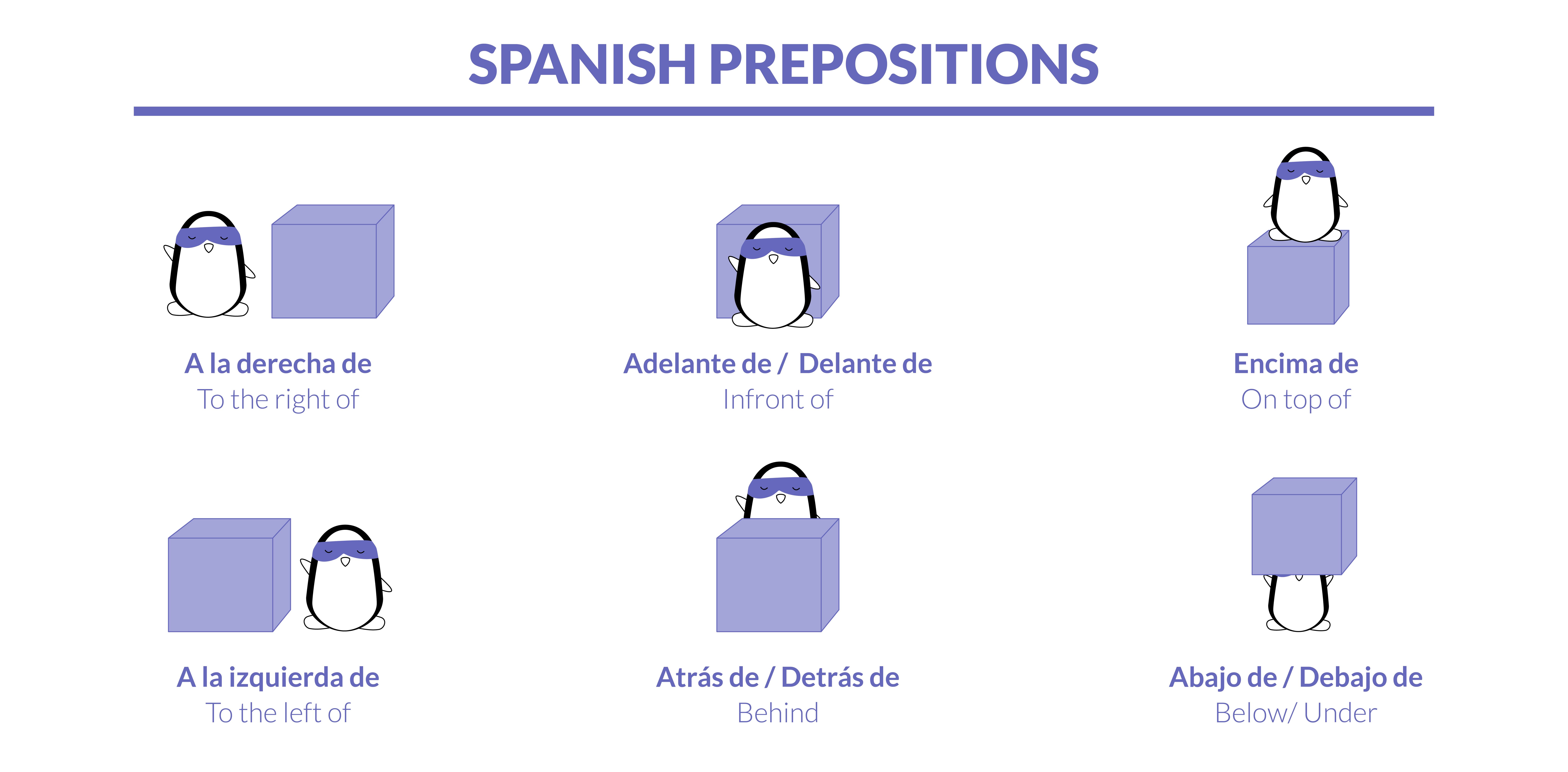
Have you ever felt the frustration of being unable to communicate effectively while traveling abroad, especially in Spanish-speaking countries? Or, perhaps you've encountered a professional opportunity that requires bilingual skills, but your limited Spanish knowledge held you back?
Learning a new language can seem like a daunting task, and finding the right resources to guide you on this journey can be equally challenging. It's easy to get lost in the sea of language learning apps, online courses, and textbooks.
Unfortunately, these resources often lack the interactive, immersive experience that is crucial for mastering a new language. They can leave you feeling disconnected and unmotivated, turning what should be an enriching journey into a solitary chore.
But, what if there was a way to learn Spanish that combines structured guidance, active practice, and real-world interaction? Welcome to the world of local Spanish classes — a gateway to not just learning a new language, but also experiencing a new culture, right in your neighborhood.
This article will guide you through everything you need to know about finding the best Spanish classes near you. So, let’s embark on this exciting journey together, and unlock the door to the countless opportunities that await with your newfound language skills.
Learn Spanish with Langster
Understanding the Types of Spanish Classes
When it comes to learning to speak Spanish, there are multiple paths you can take. Each type of Spanish class offers a unique learning experience and caters to different needs and preferences. Knowing your options can help you make an informed decision and find a class that best suits your learning style and goals.
| Type of lesson | Explanation | Who is it best for? |
|---|---|---|
| Traditional Classroom Lessons | These are the typical facetoface classes offered in schools and language institutes. They provide a structured learning environment, regular schedules, and the opportunity to interact with other learners. | This type of class is ideal for those who thrive in a traditional academic setting and value live interaction with teachers and peers. |
| Online Language Learning Platforms | These platforms offer a variety of online Spanish courses that you can take at your own pace. They typically include video lessons, interactive exercises, quizzes, and sometimes even live sessions with Spanish speakers. | They are perfect for those who prefer flexibility and convenience. |
| Private Tutoring | This involves oneonone lessons with a private tutor. The lessons are usually personalized to fit your learning pace, level, and interests. | It's an excellent option if you prefer individual attention and need a learning plan tailored to your specific needs. |
| Group Classes | These classes involve learning with a small group of students. They offer opportunities for group activities, discussions, and collaborative learning. | Group classes can be beneficial for those who enjoy social learning and want to practice speaking Spanish with peers. |
| Specialized Courses | Some Spanish lessons focus on specific aspects of the Spanish language, such as business Spanish, medical Spanish, or Spanish for travel. | These specialized courses are designed to equip you with the vocabulary and cultural knowledge relevant to specific contexts. |
| Type of lesson | Explanation | Who is it best for? |
|---|---|---|
| Traditional Classroom Lessons | These are the typical facetoface classes offered in schools and language institutes. They provide a structured learning environment, regular schedules, and the opportunity to interact with other learners. | This type of class is ideal for those who thrive in a traditional academic setting and value live interaction with teachers and peers. |
| Online Language Learning Platforms | These platforms offer a variety of online Spanish courses that you can take at your own pace. They typically include video lessons, interactive exercises, quizzes, and sometimes even live sessions with Spanish speakers. | They are perfect for those who prefer flexibility and convenience. |
| Private Tutoring | This involves oneonone lessons with a private tutor. The lessons are usually personalized to fit your learning pace, level, and interests. | It's an excellent option if you prefer individual attention and need a learning plan tailored to your specific needs. |
| Group Classes | These classes involve learning with a small group of students. They offer opportunities for group activities, discussions, and collaborative learning. | Group classes can be beneficial for those who enjoy social learning and want to practice speaking Spanish with peers. |
| Specialized Courses | Some Spanish lessons focus on specific aspects of the Spanish language, such as business Spanish, medical Spanish, or Spanish for travel. | These specialized courses are designed to equip you with the vocabulary and cultural knowledge relevant to specific contexts. |
What About Language Schools?

If you prefer a more structured learning environment, language schools can be a great option. Language schools usually offer a comprehensive curriculum, regular classes, and the opportunity to interact with other students. Schools like Live Lingua offer online Spanish classes with live tutors, providing a balanced mix of structure and convenience.
Regardless of the path you choose, remember that learning Spanish, or any language for that matter, is a journey. It requires patience, practice, and persistence. But, with the right guidance, resources, and mindset, you'll be speaking Spanish fluently before you know it.
Choosing the Right Private Spanish Tutor
A Spanish tutor can be a vital asset in your language learning journey. Whether you're taking Spanish language classes in person or opting for online classes, having a dedicated tutor can enhance your learning experience and help you progress more rapidly by giving you the opportunity to practice conversing naturally in Spanish without having to visit a Spanish-speaking country. This also allows you to learn at your own pace, focus on your specific needs and interests, and get immediate feedback on your progress.
Tutors who are native Spanish speakers bring an added advantage. They can expose you to the language's nuances, idioms, and colloquial expressions that you might not encounter in textbooks. They can also help you understand cultural contexts, making your learning experience more authentic and engaging.

Other Advantages
Moreover, tutors can adapt their teaching Spanish methods to suit your learning style. Some learners may benefit from visual aids, while others might prefer auditory or kinesthetic learning methods. A good tutor can identify your strengths and weaknesses and tailor their teaching approach accordingly.
In addition, a Spanish tutor can provide continuous motivation and support. Learning a new language can be challenging, and having someone to encourage you and celebrate your progress can make the journey more enjoyable.
Some tutors also specialize in teaching Spanish for specific purposes and can help you prepare for specific goals, such as passing a language proficiency test, improving your business Spanish, or getting ready for a trip to a Spanish-speaking country. They can focus on the areas most relevant to your needs, ensuring that your learning is practical and goal-oriented.
Where to Find Your Spanish Tutor?
There are several platforms online where you can find qualified Spanish tutors. Some popular ones include Preply, AmazingTalker, Superprof, Thumbtack, TakeLessons, Care.com, Wyzant, Spanish Academy, StudyPoint, and Live Lingua. These platforms offer a variety of tutors with different backgrounds, teaching styles, and price ranges.
You can choose a tutor based on their reviews, experience, availability, and teaching methods. Many of these tutors offer the first lesson for free, giving you the opportunity to see if they're a good fit before committing.
Finally, consider each Spanish tutors’ teaching experience and qualifications. A qualified tutor can effectively explain complex grammar rules, provide structured lessons, and give useful feedback.
Combine Lessons & Apps for Better Learning

When it comes to learning Spanish, combining traditional lessons with a language learning app can create a well-rounded learning experience.
Here are some tips on how to effectively integrate these two methods:
Use the App for Reinforcement
After your Spanish lesson, use an app to reinforce what you've learned. Apps like Duolingo, Rosetta Stone, and LingoDeer offer exercises that can help you practice new vocabulary, grammar rules, and sentence structures.
Take Advantage of Gamified Learning
Many language apps offer gamified lessons. These can make learning fun and engaging. Use these features to motivate yourself and make your learning experience more enjoyable.
Practice Listening and Pronunciation
Some apps provide audio exercises or dialogues spoken by native Spanish speakers. This can help improve your listening skills and pronunciation while making the experience much more engaging.
Learn On-the-Go
One of the biggest advantages of language apps is the ability to learn anywhere, anytime. You can use this to your advantage by practicing Spanish during your free time, like during commutes or breaks.
Customize Your Learning
Many apps allow you to customize your learning path based on your existing knowledge and goals. Make sure to align this with what you're learning in your Spanish lessons.
Engage in Interactive Learning
Use the interactive features of language apps to complement your Spanish lessons. This can include quizzes, flashcards, and conversation simulations.
Expand Your Vocabulary
Language apps often have extensive vocab lists divided into categories. Use these to expand your vocabulary beyond what you learn in your lessons.
Remember, consistency is key when learning a new language. Regularly attending Spanish lessons and frequently using your language learning app will help you make steady progress in your Spanish learning journey.
Leveraging Language Apps for Optimal Learning
In today's digital era, language learning apps have become an indispensable tool for many learners. They offer a convenient and engaging way to learn and practice Spanish at your own pace, wherever you are.
Depending on the app you choose, they can offer a comprehensive learning experience that goes beyond the typical vocabulary and grammar exercises found in textbooks.
Many of them provide you with a variety of interactive activities, including games, quizzes, and even conversation simulations with virtual Spanish speakers. These activities are designed to make learning fun and immersive, helping you retain information more effectively.
Others include cultural notes that give insights into the customs, history, and lifestyle of Spanish-speaking countries. This cultural understanding can enrich your language learning journey and help you communicate more effectively with native Spanish speakers.
For example, you can use our app Langster, which focuses on helping you learn Spanish using real-life stories. The app adapts to your progress, giving you interactive exercises and interesting texts tailored to your needs.
The Bottom Line

Learning Spanish opens up a world of opportunities, from broadening your career prospects to deepening your cultural understanding and enabling you to communicate with Spanish speakers worldwide. The journey to Spanish fluency can be incredibly rewarding, but it requires the right approach and resources.
Whether you opt for traditional Spanish classes, online courses, private tutoring, or group lessons, it's important to find a learning method that aligns with your needs, goals, and learning style. Teachers and tutors play a crucial role in guiding your learning, providing valuable feedback, and keeping you motivated.
Incorporating modern technology into your learning strategy can also enhance your experience. Online language learning platforms and apps like Langster offer flexible, interactive, and personalized learning experiences. They allow you to learn at your own pace, practice regularly, and immerse yourself in the language and culture of Spanish-speaking countries.
Learn Spanish with Langster









